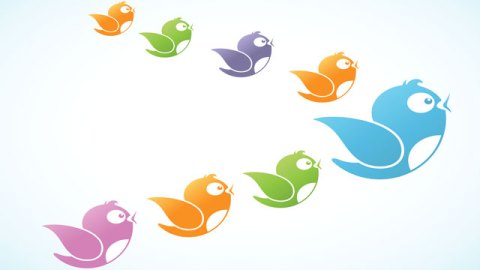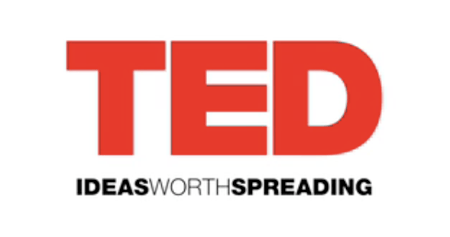New research sheds light on 13 ways to gain followers on Twitter

We’ve known for some time that there is a great disparity in the number of followers people have on Twitter – 80% of Twitter users have less than 10 followers, yet some have thousands. A new paper, is the first longitudinal study attempting to correlate features of Twitter users with growth in followers.
The study looked at over half a million tweets from 507 Twitter users and recorded 22 variables which I’ll list in order of descending importance according to the results of the study, don’t forget this is a correlation study so there will still likely be plenty of other factors at work.
First – How To Lose Followers:
1. Broadcast (only): A lack of interaction in the form of ‘@replies’ and ‘@mentions’ has a profoundly negative effect on gaining new followers. It looks like people may want evidence that if they need to tweet you, you’ll actually respond. Interestingly however, interaction did not actually correlate particularly highly with gaining followers – suggesting that there can be too much of a good thing.
2. Be negative: The second best thing you can do if your goal is to lose all of your followers as quickly as you can seems to express negative sentiment – as recorded using a sentiment analysis algorithm. So at this point it is not clear if being the bearer of bad news will cost you followers or if the negative sentiment was in the format of people grumbling about their day – I have a hunch it may prove to be the latter, if this was controlled for it would certainly be an ingenious way of looking at the age old question of whether people tend to share good or bad news.
3. Use of hashtags: The third worst thing you can do is use hashtags excessively. My best guess is that this is because it isn’t that common that a hashtag is actually necessary and appropriate – hashtags serve the specific function of drawing together discussion on one topic and it is incredibly #annoying when #hashtags are used #randomly – see what I mean. I’d imagine appropriate use of hashtags won’t send your followers packing (or come up as more of a blip on the radar when compared to all tweets) but if you’re hashtag use is so high that tweets with hashtags make up a ridiculously high proportion of your tweets then that could be an indicator that you’re using hashtags inappropriately – but that’s just my hunch.
4. Me, me, me: People whose tweets included a high ratio of self-referential pronouns such as ‘me’, ‘I’, ‘my’, ‘we’ and ‘us’ experienced a marginal drop in followers.
How to gain followers:
1. Build a network: The foremost feature of individuals with the most followers was that they had a higher rate of overlapping connections within their contacts.
2. Write tweets that get retweeted: This one is pretty obvious – the users that gained the most followers were also getting more retweets – duh. Though this could be largely circular – a big factor was probably that the same people we consider worth following are also the same people that get retweeted – I guess that could be said for many of these correlations.
3. Spread information and share links: In this study “informational content” was described as tweets containing a URL, RT (retweet), MT (modified tweet), HT (heard through) and tweets containing “via” – all indicators that information is being shared. This one is certainly top of my personal list – I use Twitter as a fountain of information so if someone is clogging up my feed with tweets devoid of information they’ll be culled pretty quickly. But it’s clearly not just me – the positive effect of informational content was thirty times the (negative) effect of tweets people wrote specifically about themselves.
4. Have a detailed profile: Users with a longer profile description gained more followers.
5. List a URL: Users with a link to a website ended up gaining more followers.
6. Go on tweetingsprees: Users with a high level of ‘burstiness’ gained more followers, I tend to do this when I can’t fit what I need to say in to one tweet or when I’m having a conversation. I read this as implying that interesting people can’t always fit everything they want to say into 140 characters and interesting people get followed more, again – just a hunch.
7. High follower to following ratio: People who gained the most followers were followed by more people than they were following. Like point two this is doubtless largely an artefact of underlying factors such as popularity outside of twitter – but at the same time this ratio could be a factor people consciously or subconsciously consider when deciding whether to follow you.
8. Be positive: Users who used positive language gained more followers.
9. Be eloquent: People who used longer (real) words gained more followers.
10: Follow back: Users who followed people who followed them ended up with more followers.
11. Give up your location: People who gained the most followers listed their location in their profile.
12. Engage: A marginal effect was found for a high proportion of favoriting other people’s tweets, @replies and @mentions.
13. Stick to a topic: A tiny effect was found for people whose tweets had a high level of the same words coming up again and again.
So all in all, if you want to build followers your best strategy is tweet eloquently about interesting things rather than telling the world what you are putting on your crumpets.
Image Credit: Shutterstock.com / Turtleteeth





